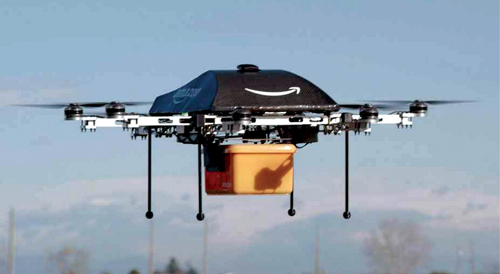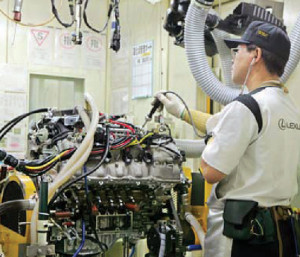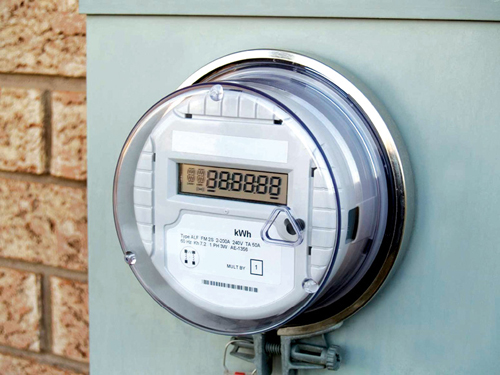Given that safety tests and Federal Aviation Administration approvals are required for flying octocopters to deliver packets, the technology could be available to customers by 2017. Shortening the delivery times is becoming a USP for online retailers. UPS, Dominos, eBay and Tesco are some other companies that are thinking on the same lines.
UPS is toying with the idea of using drones not only for delivering to customers but also for improvement in warehouse operations and bringing packages from aircraft to delivery trucks more effectively.

In time to come, your air-conditioner and washing machine will be able to ‘communicate’ to a smart meter installed in your home. The meter will automatically negotiate for the best rates with the energy providers. The smart meter will then remotely control your home appliances, automatically turning them on at the most favourable times to help conserve precious energy. This will bring down your electricity bills and improve communication between the energy providers and you.
In some years from now, you would be able to breathe fresh air on the roads. Smart electric cars will provide drivers with the latest traffic congestion and best-route information. You will be alerted before your vehicle breaks down. Also, you will be able to instantly communicate with emergency services. These are not scenes filmed in sci-fi movies, but trends that will be made possible by machine-to-machine (M2M) technology in the near future.
What is M2M
In simple words, M2M technology enables communication between smart devices connected via Internet. M2M is about enabling the flow of data between machines and machines and finally machines and human beings.

computers (Source: Kazuhiro Nogil/AFP/Getty Images)
Irrespective of the type of machine or data, M2M usually involves a device (for example, a smart electricity meter) to record a parameter (such as electricity rate) which is relayed through a network (wireless such as Internet, wired such as telephone lines or hybrid) to an application (customised software program) that converts the recorded parameter into meaningful data (such as whether the washing machine should be switched on now or later when the energy rate is likely to be better). What varies within this basic framework are the various ways in which a machine is connected, the type of communication method used and the manner in which the information or data is utilised.
The four basic phases in an M2M application are collection of data, transmission of selected data through a communication network, assessment of the data and response to the available information.
Usually, an intelligent wireless data module is physically integrated with the monitored machine and programmed to understand the machine’s protocol (the way it sends and receives data). In case the monitored machine is constituted as an intelligent master device, it could use the M2M device as a basic wireless modem. The M2M device would be fed data and then told to send it to the network. However, if the monitored machine is a mere bunch of switches and sensors, or is an intelligent slave device, the M2M device will then serve as the master device and regularly take inputs from the sensors and switches, or send data requests via the serial port.
Getting on to the cellular or satellite networks generally needs a gateway. A gateway receives the data from the wireless communication network and transforms it so that it can be sent to the network operation centre. Data security aspects, such as authentication and access control, are taken care of by the gateway and the application software.
Key M2M application areas
Today, M2M technologies have entered several walks of life. Energy, transport, real estate and agriculture are some major areas where this technology is fairly evolved. Benefits of M2M go beyond making life easier and smarter—they also include sustainable development of our planet.


Global warming is a serious environmental concern increasingly threatening our planet. The higher the CO2 and other greenhouse gas (GHG) emissions, the greater is the global warming impact. Hence it is important that we cut down GHG emissions as much as possible, and M2M technologies help in achieving this goal too.






